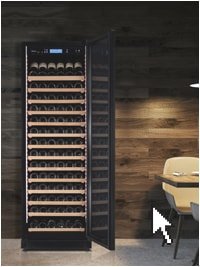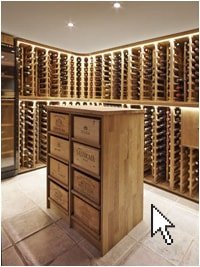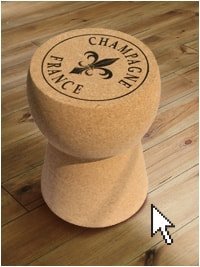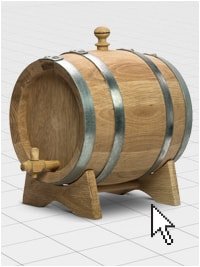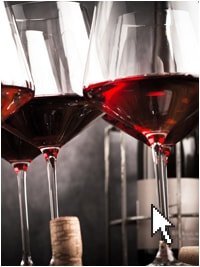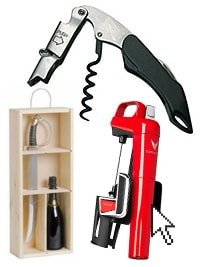Embarking on a Vinous Journey Through Germany's Storied Wine Regions
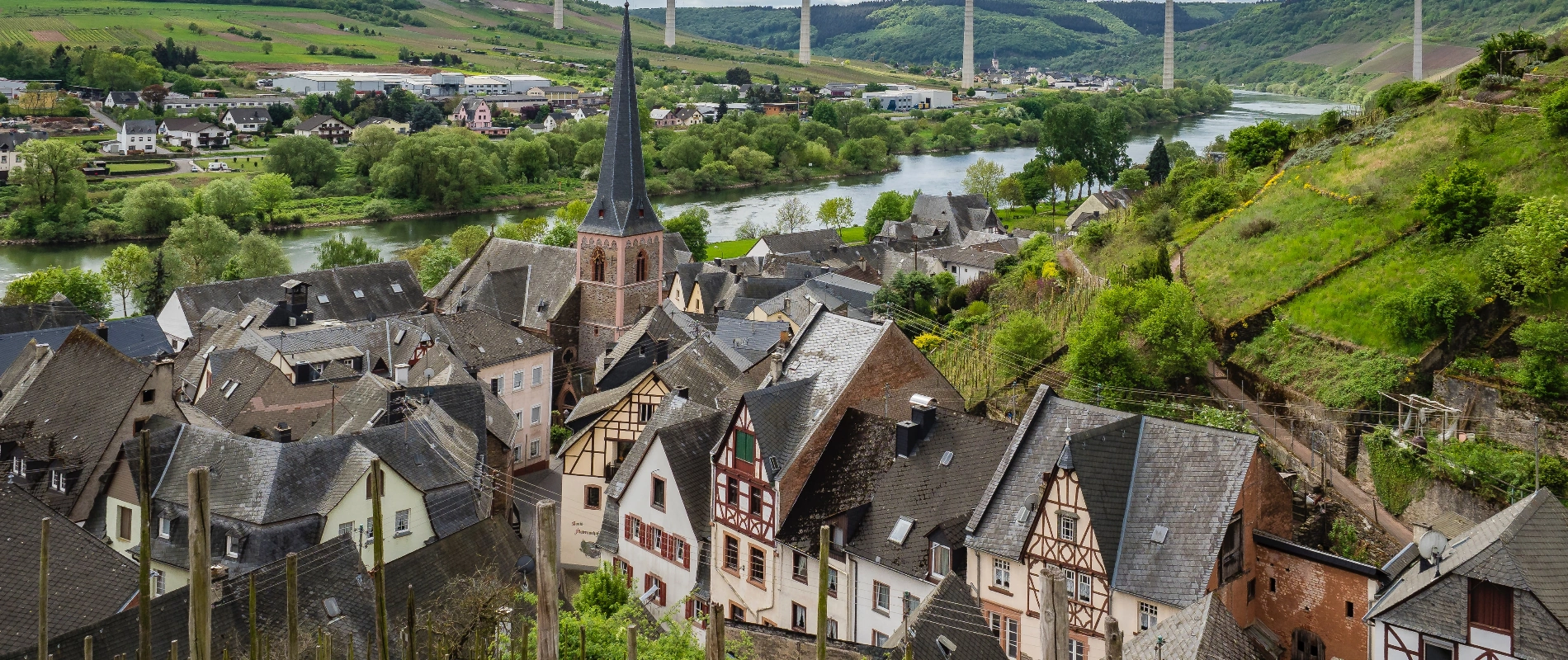
Table of contents
1. Introduction to German Wine
2. The Influence of Climate on German Wine
3. The Role of Topography in Wine Production
4. Spirits: A Unique Aspect of German Wine Culture
5. Rivers: The Lifelines of German Vineyards
6. Understanding Terroir and Grapes in Germany
7. An Overview of German Appellations
8. Perfect Food Matches for German Wine
9. Exploring the Most Popular German Wines
10. Conclusion: The Uniqueness of German Wine
1. Introduction to German Wine
Germany, often celebrated for its engineering prowess, also boasts a rich vinicultural heritage. Its wines, notably Riesling and Spätburgunder (Pinot Noir), are revered for their elegance, precision, and depth.
2. The Influence of Climate on German Wine
The predominantly cool climate of Germany crafts wines with a unique balance of fruitiness and acidity. This, combined with the long growing season, results in wines with depth, complexity, and an exceptional ability to age.
3. The Role of Topography in Wine Production
From the steep slate slopes of Mosel to the rolling hills of Baden, Germany's varied topographical nuances play a pivotal role. The intricate dance between elevation, slope, and exposure to the sun influences grape ripening and, subsequently, wine character.
4. Spirits: A Unique Aspect of German Wine Culture
Germany's beverage culture isn't limited to wines. Spirits like Schnapps, often distilled from fruits or grain, are deeply rooted in German traditions and offer another dimension to the nation's rich beverage tapestry.
5. Rivers: The Lifelines of German Vineyards
The Mosel, Rhine, and Main rivers have long nurtured Germany's wine regions. Acting as reflectors of sunlight and sources of temperature regulation, these rivers play an indispensable role in shaping the country's wine profile.
6. Understanding Terroir and Grapes in Germany
Germany's terroir, a medley of diverse soils and microclimates, is home to an array of grape varieties. While Riesling reigns supreme, varieties like Müller-Thurgau, Silvaner, and Gewürztraminer contribute to the nation's wine mosaic.
7. An Overview of German Appellations
Germany's wine classification, from Qualitätswein to Prädikatswein, underscores the quality and origin of its wines. These appellations, regulated by stringent guidelines, ensure that consumers experience authentic German wines.
8. Perfect Food Matches for German Wine
German wines are versatile companions to food. The crispness of a Riesling pairs harmoniously with spicy Asian dishes, while the earthiness of a Spätburgunder complements hearty German sausages and stews.
9. Exploring the Most Popular German Wines
Germany's wine spectrum is vast. From the sweet, ethereal notes of a Trockenbeerenauslese to the dry, crisp character of a Sekt, German wines cater to a range of palates and preferences.
10. Conclusion: The Uniqueness of German Wine
German wine, with its myriad expressions and storied history, offers an unparalleled tasting journey. Every bottle is a testament to the country's dedication to craftsmanship and authenticity.
Elevate Your Wine Journey with Wineandbarrels
True wine aficionados understand that wine enjoyment extends beyond tasting. Wineandbarrels offers an exclusive range of wine accessories, from cutting-edge wine coolers to elegant wine racks, ensuring your wines are stored and served perfectly. Immerse yourself in our collection and let every wine moment be a masterpiece.
















